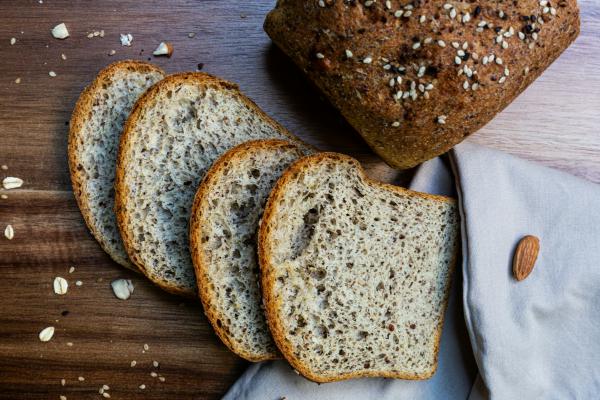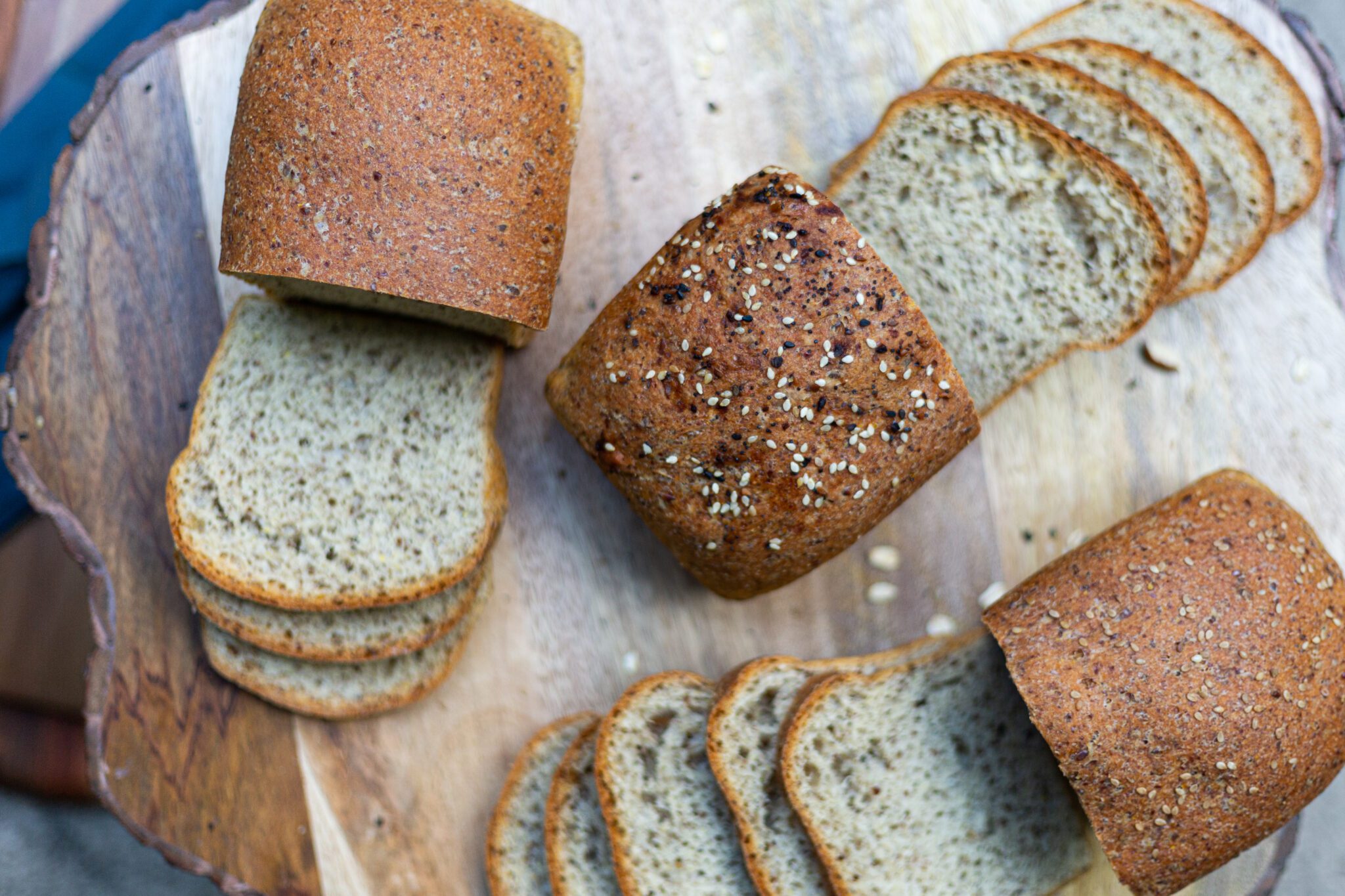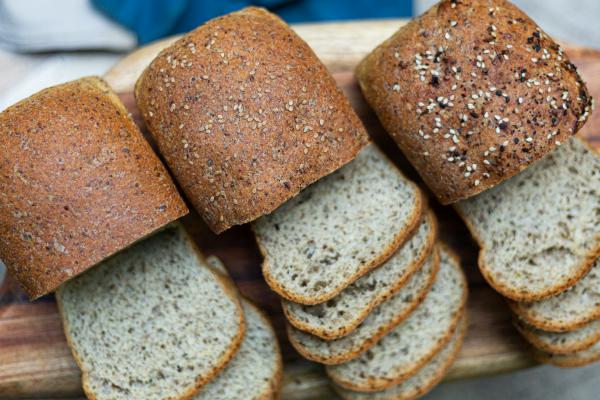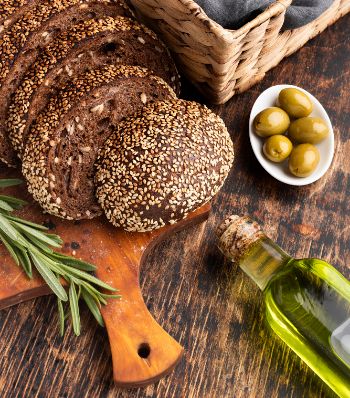


Low-sodium bread is a breath of fresh air in a world where food is often pumped full of salt. It’s the perfect way to enjoy all the bread taste without all the sodium.
But what exactly is reduced sodium bread? It’s bread that has been made with less salt than regular bread. This doesn’t mean that it tastes bland. Many low-sodium breads are just as flavorful as their regular counterparts.
This bread is made without added salt (sodium chloride). On average, regular bread contains 150-400mg of sodium per slice, while low-sodium varieties have less than 140mg. Removing added salt allows natural flavors to shine through and reduces dietary sodium intake. This reduction in sodium intake is linked to lower blood pressure.
Current health guidelines recommend consuming less than 2300mg of sodium per day. However, most Americans consume 3400 mg. Excess sodium raises blood pressure and strains the heart over time, increasing the risk of heart disease and stroke. Reducing daily sodium intake by 1000-2300mg provides significant cardiovascular benefits.

Excessive consumption of sodium is linked to an elevated likelihood of developing high blood pressure, which, over time, can elevate the susceptibility to heart ailments and strokes. Reducing sodium by even a small amount helps to lower blood pressure.
About 75% of the sodium consumed by Americans comes from processed and restaurant foods instead of the salt added to the table. Small reductions in sodium in many foods we eat daily can make a meaningful difference.
Limiting the intake of condiments such as soy sauce and processed foods like lunch meats can significantly reduce sodium intake without feeling deprived. Opting for fresh foods gives you more control over the sodium content.
Gradually reducing sodium intake over time helps taste buds adjust to less salty food. Small changes, consistently sustained, have a significant impact on health.
Lowering sodium by choosing foods like salt-free bread is a simple substitution that requires no extra effort but offers nutritional advantages. Every bit of reduction counts.
To prevent complications, sodium guidelines are particularly important for older persons and individuals with pre-existing health conditions such as hypertension.
The key is understanding that even modest reductions in sodium can significantly lower the risk of disease in the long term. Committing to small, consistent improvements beneficially impacts lifelong health outcomes.
Reducing the risk of high blood pressure and heart disease. Excess sodium is linked to health issues, but this bread allows you to reduce your intake.
Removing added salt from food can significantly impact sodium consumption without requiring you to sacrifice the flavors you enjoy. This bread is suitable for most diets and lifestyles with minimal adjustments.
When salt isn’t used to artificially enhance flavors, natural ingredients such as seeds, nuts, and herbs can be tasted more richly. This bread often relies on more flavorful ingredients.
Some varieties contain fewer calories than regular breads due to different formulations. It also supports heart health and weight management goals, combined with sodium’s blood pressure effects.
More parents are choosing no-salt bread to help their children develop a preference for naturally savory foods while avoiding excessive nutrition that could potentially lead to high blood pressure risks in the future.
The absence of competing sodium allows for better absorption of minerals such as potassium, which helps regulate blood sugar levels. This is mostly important for people who are dealing with diabetes.
Overall, choose smart options that allow you to improve your daily nutrition intake with minimal lifestyle changes or sacrifices in taste. A small switch supports your health.
Making small, sustainable dietary changes builds new habits, leading to lifelong cardiovascular benefits.
Conclusion
Incorporating low-calorie bread into your regular diet is a simple and effective method to decrease your sodium intake and mitigate the risk of hypertension, heart disease, and other health problems associated with excessive salt consumption.
By opting for whole grain, seed-rich, or other types of bread that contain less than 140mg of sodium per slice, you can continue to enjoy sandwiches, toast, and other meals that include bread while reaping substantial cardiovascular advantages in the long run.
With small adjustments, such as those outlined here, making such bread a nutritious and essential part of your lifestyle is simple. Gradually adjusting to whole-grain bread allows your taste buds to adapt, enabling you to appreciate natural flavors more deeply.
Embrace this opportunity to improve your health through a minimally restrictive change that will have a maximum positive impact. Enjoy salt-free bread every day as part of a lower-sodium lifestyle.




















Sign up below to receive exclusive deals and be first to know when delicious new products are coming out.